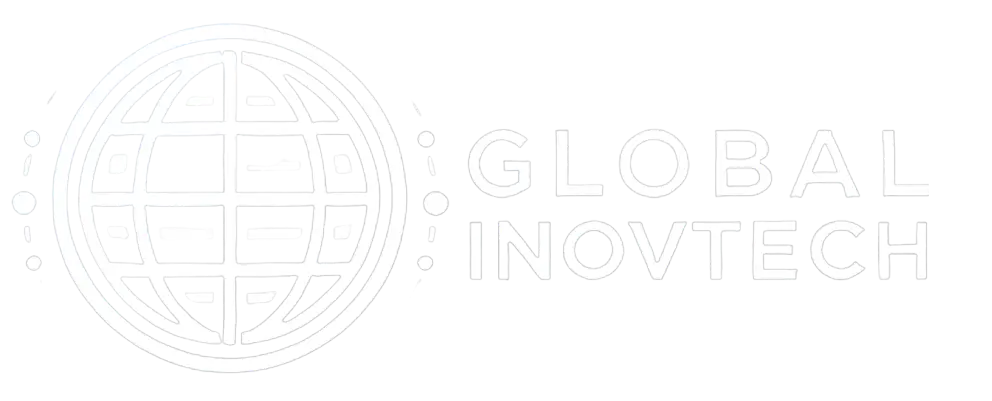Waste Management
LoRa-based sensors in trash cans track fill levels in real time, allowing for optimized collection routes. This reduces fuel usage, cuts down on labor costs, and minimizes environmental impact.
LoRa enables communication over distances of several kilometers, even in dense urban environments. This capability makes it suitable for wide-area networks, allowing devices to stay connected across large distances without requiring extensive infrastructure.
LoRa is optimized for battery-powered devices, enabling years of operation on a single battery. This makes it ideal for remote and hard-to-reach locations where frequent battery replacement is impractical.
LoRa signals can easily penetrate walls, buildings, and other obstacles, ensuring reliable connectivity indoors and in areas with complex infrastructure.
LoRa is designed to withstand high levels of electromagnetic noise and environmental interference, making it highly reliable in industrial settings or areas with heavy signal congestion.
With low installation and maintenance costs, LoRa offers an affordable solution for large-scale IoT networks, making it accessible for a variety of sectors.
Monitoring crops, soil moisture, and weather conditions over large areas.
Tracking conditions of public infrastructure like bridges, roads, and water systems.
Enabling remote monitoring of utility meters and optimizing energy consumption.
Supporting applications like air quality monitoring, waste management, and smart parking.
LoRa-based sensors in trash cans track fill levels in real time, allowing for optimized collection routes. This reduces fuel usage, cuts down on labor costs, and minimizes environmental impact.
Sensors monitor parking spaces, helping drivers find free spots and reducing traffic congestion. This makes parking more efficient and reduces emissions from cars circling in search of parking.
LoRa sensors monitor the structural health of buildings, bridges, and tunnels, detecting cracks, shifts, or other signs of wear. Early detection of faults can prevent accidents and reduce maintenance costs by allowing timely repairs.
In urban and suburban areas, LoRa sensors enable precision agriculture, monitoring soil moisture, temperature, and crop conditions. This helps optimize resource use and increase agricultural productivity, benefiting urban farming initiatives.
LoRa sensors measure air and water quality, and detect leaks in water supply systems. This data allows cities to address pollution issues and manage resources sustainably, creating a healthier environment for residents.
LoRa supports a range of security applications, from alarm systems to asset tracking. This enhances urban safety by enabling efficient, real-time monitoring of valuable assets and areas that require protection.
